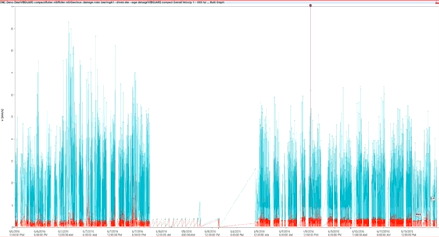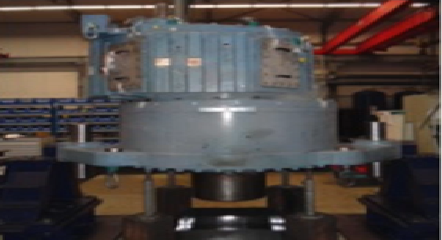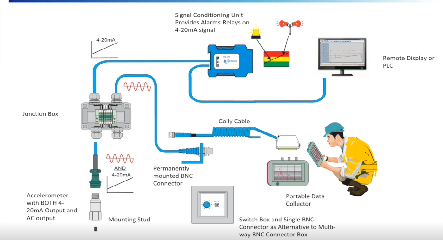About the Author
I started my career attaining my National Diploma(S4) in Mechanical Engineering and becoming a Performance and Testing Technician in the Power Generation Industry. I have been in the field of Condition Monitoring for past 16 years. Starting out as an apprentice I managed to improve my knowledge in condition monitoring in various industries and becoming involved in training. In my first years in condition monitoring, I managed to be certified by Technical Associates as a trainer for their courses and started specializing in ODS and Modal Analysis. I have worked in various industries and are qualified in Vibration, Thermography and Oil analysis. I also specialize in operational Deflection shape analysis. Currently, my main duties are shared between starting up new service contracts, Special Investigations, Training (Mobius Training Partner) Industries that I have worked in include Power Generation, Coal Mining, Platinum/chrome refinery and mining, Waste Water Treatment, Food, Paper and Sugar Mills. My most recent achievement was to pass the Mobius CAT IV course and starting up two service contracts in the Power Generation Industry that include vibration, thermography, oil analysis, alignment.








Hi Dennis,
I appreciate your insightful webinar.
I have a question, for the run-up or run-down conditions will the spectrum/FFT can indicate the fault frequencies of the machinery?
Thank you in advance.
Good Day During a start-up and shut-down the one problem is the speed at which the occurrence is taking place. If the transient event is too short you could miss it, but assuming that the event is controlled and allow you enough time to capture multiple spectra it should be able to indicate all frequencies generated during the event The data capturing could be done in the following manner 1. Capture a TWF for the complete transient event 1.1 Some software packages have the ability to then analyse the transient waveform and break it up in chunks on which the… Read more »
Dear Dennis,
I have doubt in the example given in the webinar regarding high-frequency acceleration enveloping. In the test setup, Fmax is chosen as 1000Hz and 1000 Hz High pass filter is applied. However, in FFT you have shown frequencies below 1000Hz. I didn’t understand that after employing high pass filter how one can get frequencies below the cut-off frequency. I kindly request you to give your insight on this.
For a in depth explanation with images please search for “high frequency enveloping techniques” on google I have a white paper from SPM and a presentation from Emmerson regarding the technique in question that will be emailed to you. In layman’s terms 1. When a bearing has a defect you will experience a impact that has relatively low energy and that has a high frequency, compared to the high energy that running speed and other low frequencies have. These lower frequencies mask these stress waves that is originating from the impacts between the defect and the rolling elements. 2. The… Read more »